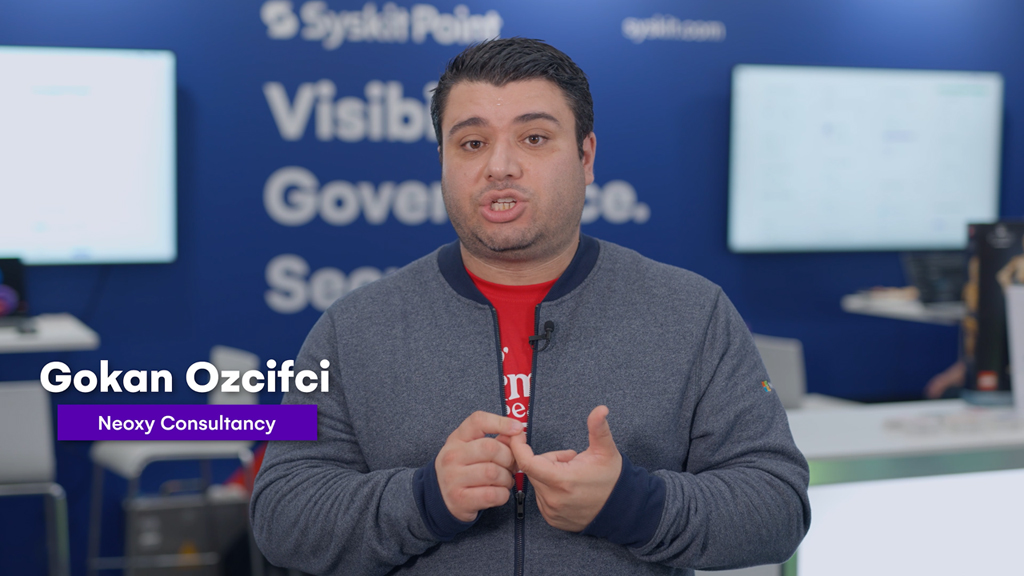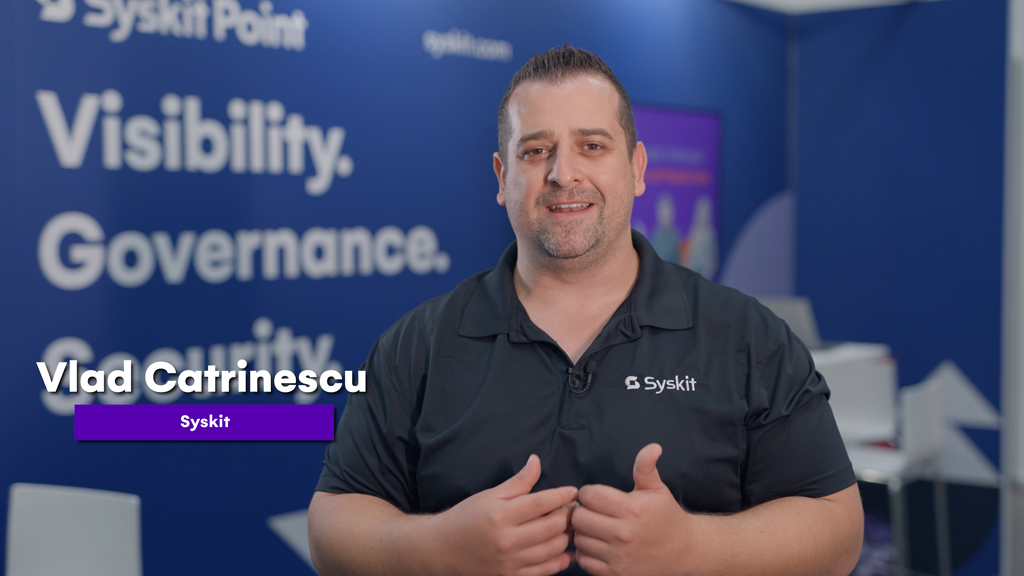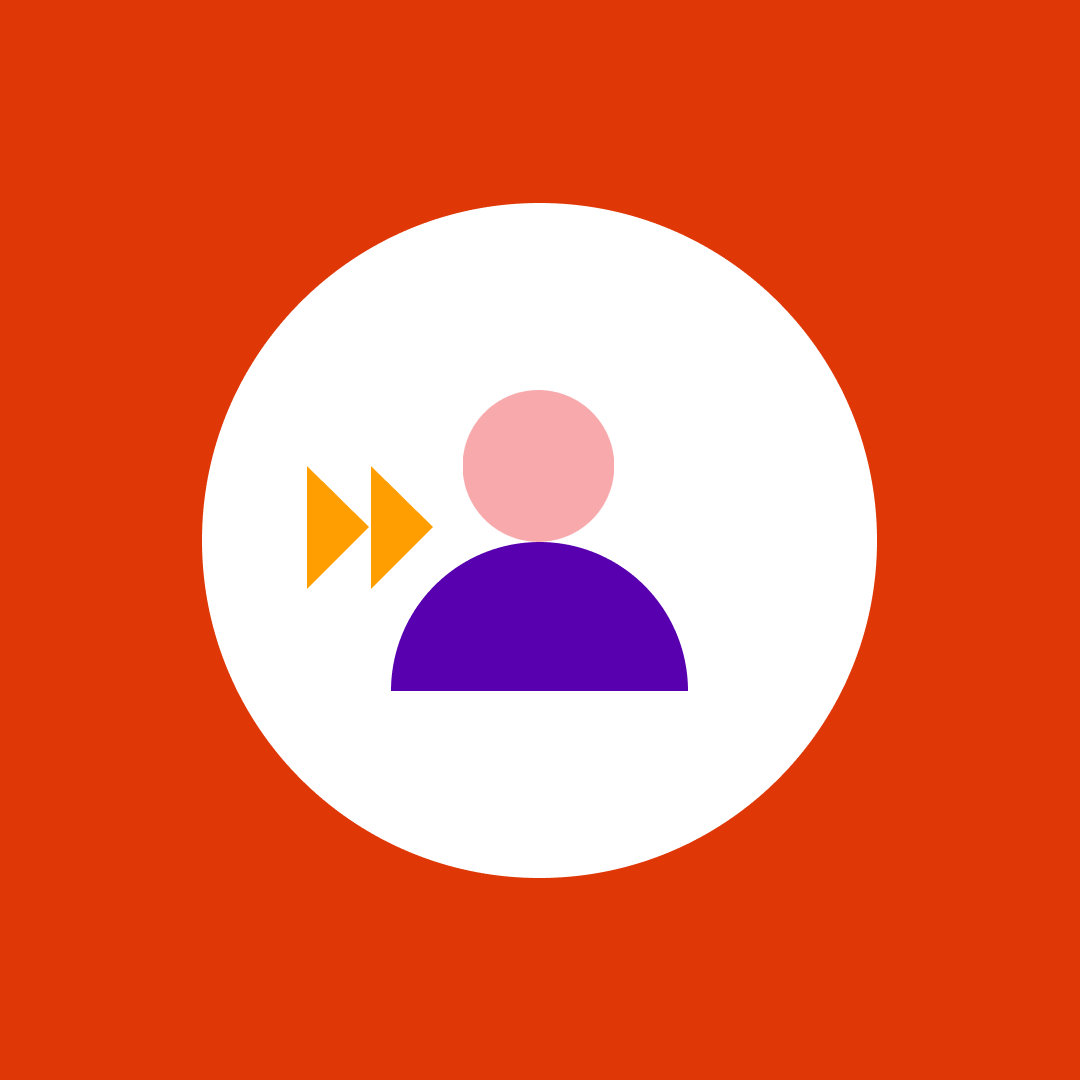How are Copilot agents in Power Platform transforming development?
Table of contents
Copilot agents in Power Platform are an easier, friendlier, and more intelligent way of getting things done than creating traditional apps and flows. Could Copilot agents potentially change the way we use Power Platform? We asked Microsoft MVPs, “How are Copilot agents in Power Platform transforming development?” Check out their answers in the video below and read their answers in this blog post.
Copilot agents in Power Platform will replace mini applications – Gokan Ozcifci
So while I personally think, and again, people will maybe in five years think, I’m a genius or I’m a complete fool. I think within Power Platform, agents will change the whole world and will almost kill all mini apps that we build in Power Platform as well as enterprise apps. Many applications we build within Power Platform today, they have like very simple use cases, and you can achieve many of them by just using agents.

So mini applications, business unit applications, they all will die somehow and be replaced by agents. Why? Because it’s very simple to set up. You just give a bunch of documents and it will just go analyze that data and then bring the response to you. While in Power Platform, you have to build that application. You have to understand the application. You have to create flows. You have to maintain that. And when you see the return on investment from agents to Power Platform, I believe within five years, we only talk about agents and not any more about small apps, mid-sized apps, personal apps, and so on and so on. They’re easier to set up and cheaper to maintain.
And the beauty is, they continuously learn and adapt, so over time, they become even more effective. You don’t need a dedicated team of developers to tweak or update them—just feed them new content and they evolve. That completely shifts how we think about scaling solutions across an organization.
There is a new user interface using Copilot agents in Power Platform – Vlad Catrinescu
Traditionally, we used Power Platform to capture data and automate business processes with Power Automate. We have a new user interface that people can chat with an agent, they can chat with Copilot. And behind the scenes, we still have those Power Automate flows. But instead of having a boring form in Power App where we force people to go, people can now just open the Copilot app. They can go to Teams, they can go to anywhere where Copilot is, and do that same process in a more natural conversation way.

I’m not a fan of the marketing phrase “Copilot is the UI for AI,” but it actually makes sense. Copilot makes sure that all the data is present, it asks you if anything is missing rather than the boring error message, and takes care of everything in the back. So I really find that we now have a different UI for our Power Platform solution, which is friendlier, more intelligent, and more flexible than we had before.
What’s really exciting is that this opens the door for a whole new group of users who might’ve been intimidated by traditional apps or forms. Now, instead of training people on where to click or which field to fill out, we just tell them, “Ask Copilot.” And the cool part is, they don’t even need to know there’s a Power Automate flow behind the scenes. They just describe what they need in plain language, and the system figures it out. It’s like we’ve removed a layer of friction—and that’s huge for adoption and productivity.
Would you like to hear more?
It was great hearing what Microsoft MVPs had to say about using Copilot agents in Power Platform. You can also check out other MVP videos about:
- What are the most creative Copilot agent use cases?
- Whether Copilot agents will help increase the adoption of Microsoft Copilot
- What does Microsoft 365 Governance mean to you?
Thank you to all the Microsoft MVPs for their expert insights!


